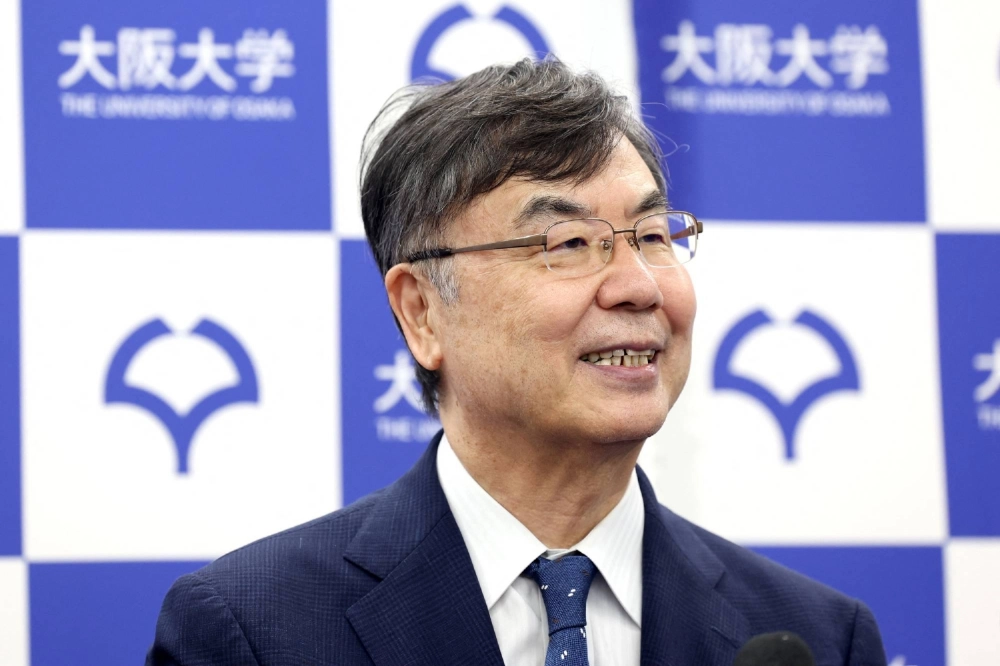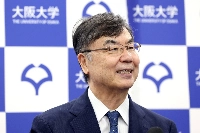A Japanese research team that includes 2025 Nobel Prize laureate Shimon Sakaguchi has developed a technique to produce regulatory T cells that suppress excessive immune activity.
Sakaguchi, a professor at the University of Osaka, is among those set to receive this year's Nobel Prize in Physiology or Medicine for their T cell research.
The technique turns T cells into regulatory T cells, boosting the effectiveness in curing inflammation and autoimmune diseases. An article on the technique appeared this month in the U.S. journal Science Translational Medicine.
Among T cells, a type of immune cells, some mistakenly attack normal cells and tissue, causing inflammation and autoimmune diseases. While researchers have developed cures to control such T cells by utilizing regulatory T cells, it was difficult to create stable regulatory T cells.
The team succeeded in turning T cells from mice suffering autoimmune diseases into stable regulatory T cells with a special culture method.
The team found through genetic analysis that the developed regulatory T cells have almost the same characteristics as those of T cells that exist naturally in mice.
By injecting the developed regulatory T cells into mice that suffered colitis, the team confirmed effects to curb mice weight loss and improve their survival rate.
Meanwhile, the team also successfully produced regulatory T cells from T cells collected from blood of patients with autoimmune diseases such as Crohn's disease and systemic lupus erythematosus.
"Ideally, we want to create regulatory T cells responding to types of inflammation that we want to suppress," said Norihisa Mikami, leader of the team and specially appointed associate professor at the university. "We expect that our research will lead to cures for autoimmune diseases."




















With your current subscription plan you can comment on stories. However, before writing your first comment, please create a display name in the Profile section of your subscriber account page.